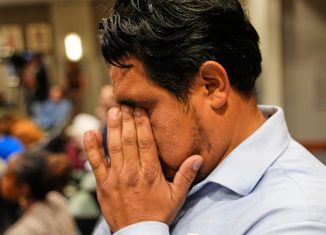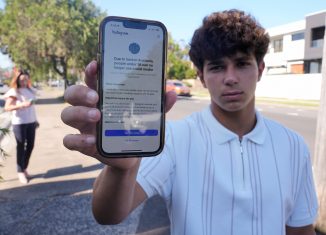We’re Still Wrangling Over Eminent Domain
The right to own and use private property is fundamental to freedom and integral to the pursuit of happiness. The U.S. Constitution guarantees that right and obligates the government to protect it. James Madison, who wrote the Constitution, stated that “As a man is said to have a right to his property, he may equally be said to have property in his rights.”
However, throughout history, going back to the Romans and continuing up to King George III in Great Britain and in the American colonies, the government only respected private property rights when the dispute over ownership did not involve the government as a disputant. Until the Constitution was written, whenever the government wanted private property for its own uses, or to give it to those it favored, it simply seized the property, without regard to the rights and wishes of its lawful owner, without regard to the use to which the government or its patron wished to put the seized property, and without compensation to the person from whom it was seized. The Constitution was written, in part, to assure that no government in America could do that.
The traditional legal attributes of the ownership of private property are (a) the right to use the property as the owner wishes, and (b) the right to alienate (lease, pledge as security, or sell) the property as the owner wishes, and (c) the right to exclude from the property whomever the owner wishes. Jefferson argued that the right to exclude means the right to exclude EVERYONE from the property that the owner chose to exclude, even the government. Thus, the Jeffersonian view is that not only may the government not seize property, not only may it not seize property and pay a fair market value for it, but the government can only acquire property through a voluntary sale by the owner.
The Framers of our Constitution compromised between the European model (the government could take for free whatever real estate it wished for any purpose) and the Jeffersonian view (the government could only acquire property by the voluntary sale of it by its owner). The compromise was the Fifth Amendment to the US Constitution, which simply states in relevant part “or shall private property be taken for public use without just compensation.” Thus, the American model was born. It permits the government to acquire whatever real estate it wants, so long as it pays a fair market value for it and so long as it puts the property to a public use.
Most of the litigation and nearly all of the published court decisions over government acquisition of private property are about “public use,” not about just compensation. To make a long story short, over the years, “public use” gradually migrated to “public benefit.” Thus, the World Trade Center and Lincoln Center in New York City, though not strictly speaking owned by the government or open to public use, like a school or highway or post office, provided, the courts held, a benefit to the public–economic development of a blighted area of NYC and cultural availability to the masses. So the courts permitted NYC to use eminent domain to force the owners of properties to sell them to the city, so it could re-sell their properties to developers who would build the improvements upon them.
The recent Supreme Court decision in Kelo vs. New London carried the public use into public purpose principle to another level by permitting New London to take Ms. Kelo’s house from her, and sell it to a private developer so the developer could build and operate a parking garage to accommodate workers at a Pfizer chemical plant. The stated so-called “public benefit” was that the land as a parking garage would produce more real estate tax dollars to the city than the tiny Kelo cottage did.
In the recent Columbia University case, the state of New York attempted to use eminent domain to acquire real estate against the wishes of the owners and then sell that property at a profit to Columbia University — since Columbia failed to reach an agreement with the owners to purchase their property directly from them. Columbia and the State argued that the use to which an Ivy League university would put the property was a greater benefit to the public than the use to which the owners of two gas stations and a public storage facility would put the properties.
In a startling legal development, the Appellate Division of New York State Supreme Court sided with the current owners, and held that unless the State itself was going to own the properties and put them to a public use, like a park or highway or school, as the Fifth Amendment requires, the value judgment of college campus versus gas stations and a public storage facility was not for the court to make. This is a remarkable retreat from the big government Kelo public benefit argument and a return to the true meaning of the Fifth Amendment. It shows a judicial recognition of the inalienable right to own private property and to use it as the owner sees fit, not as the government or its patrons prefer.






